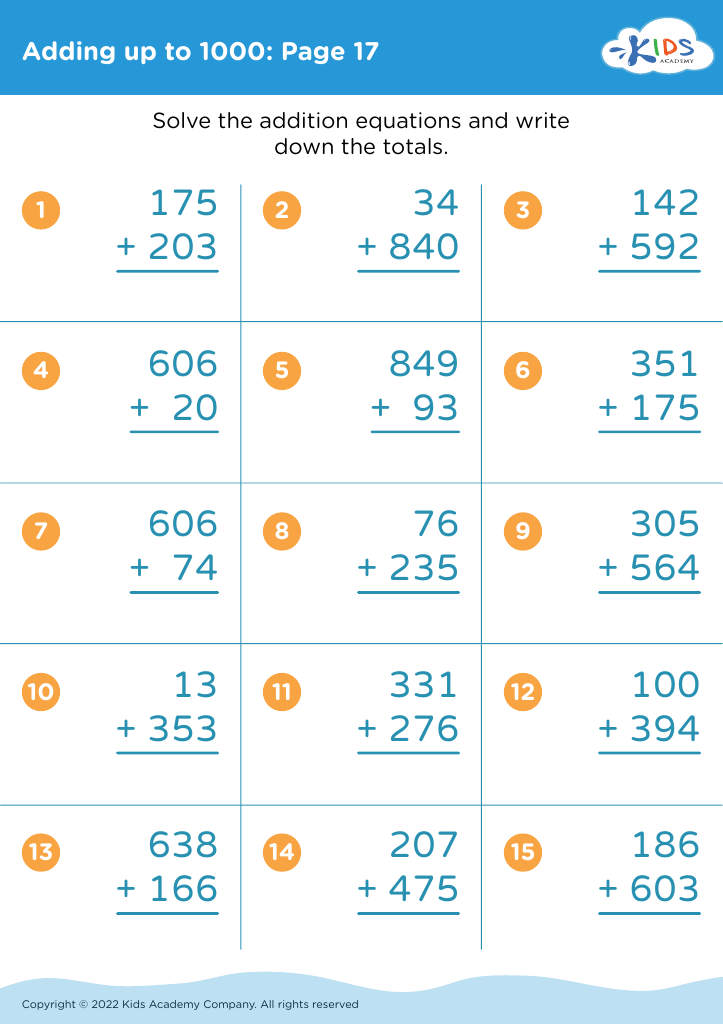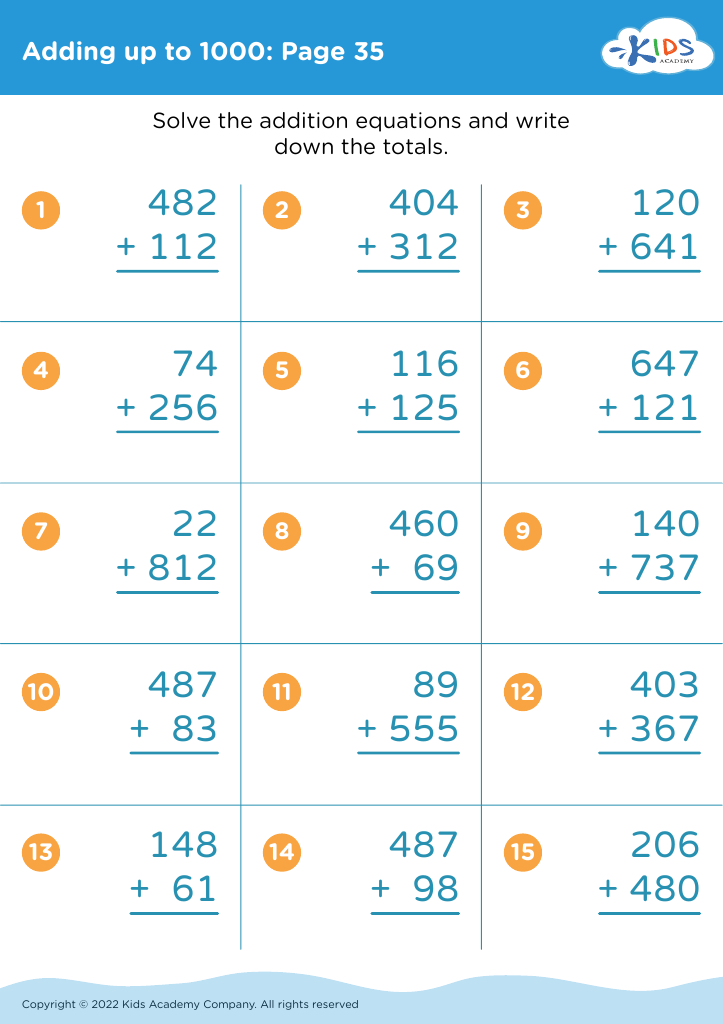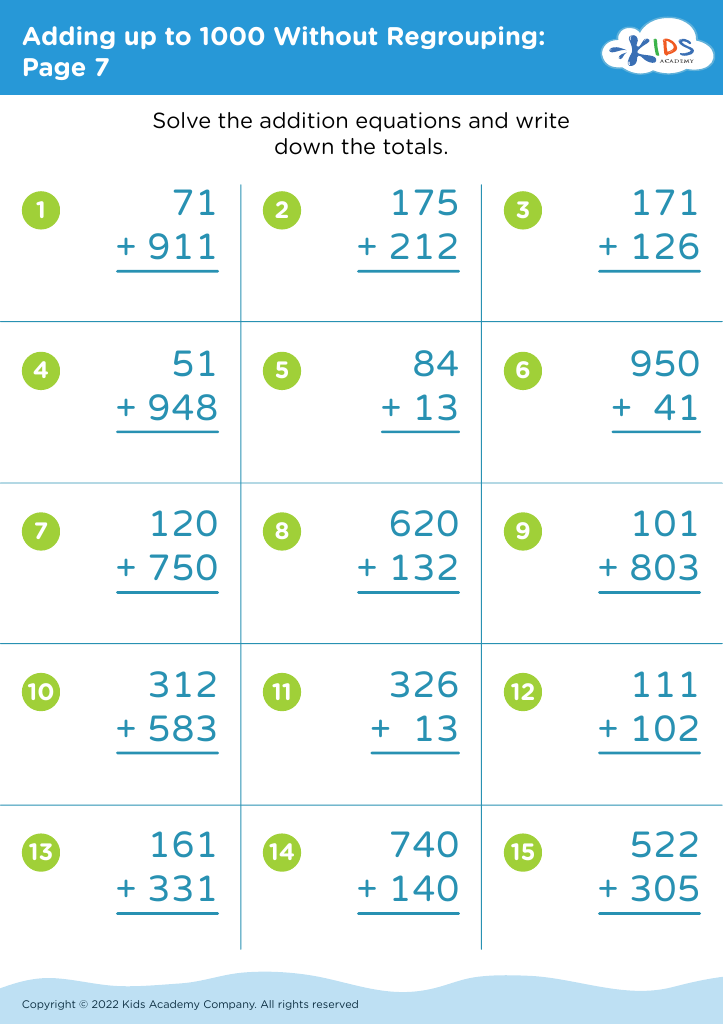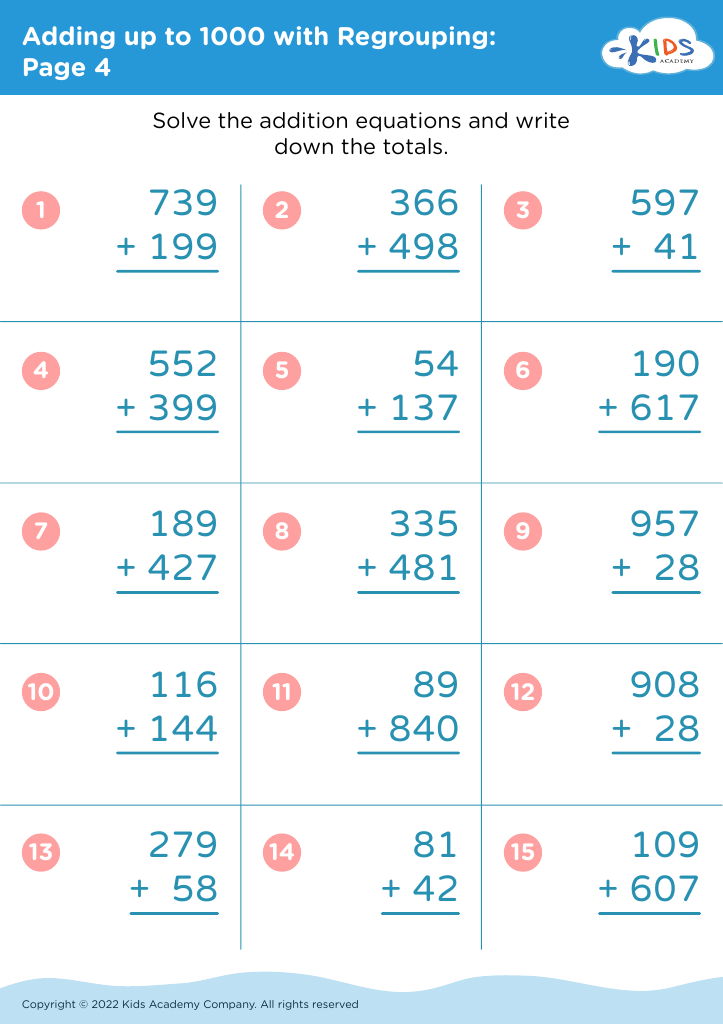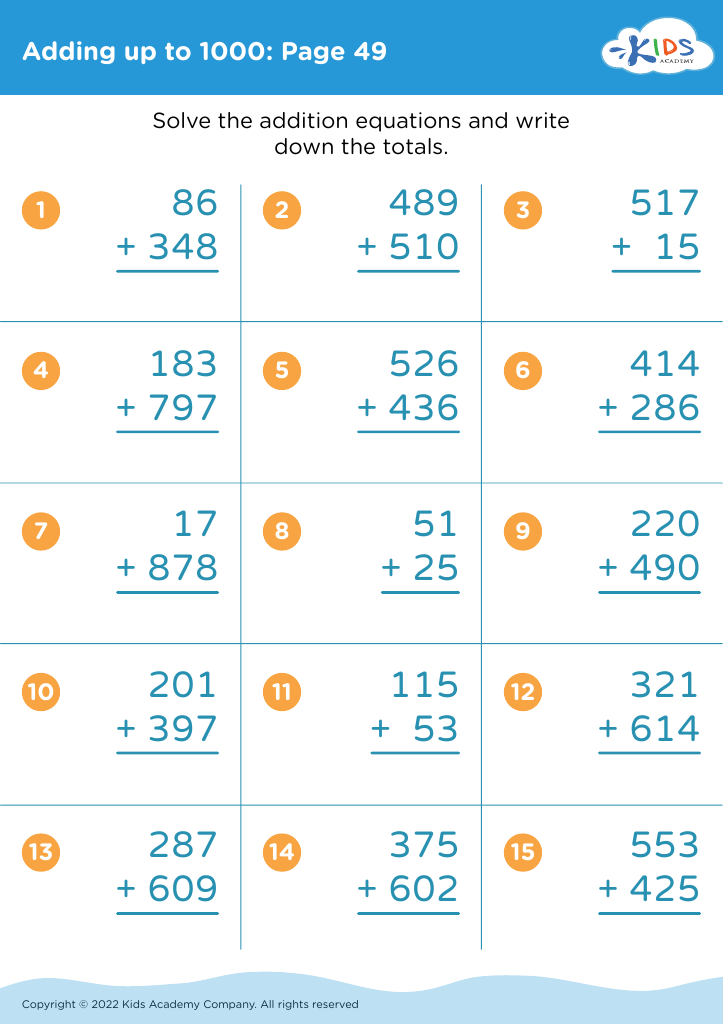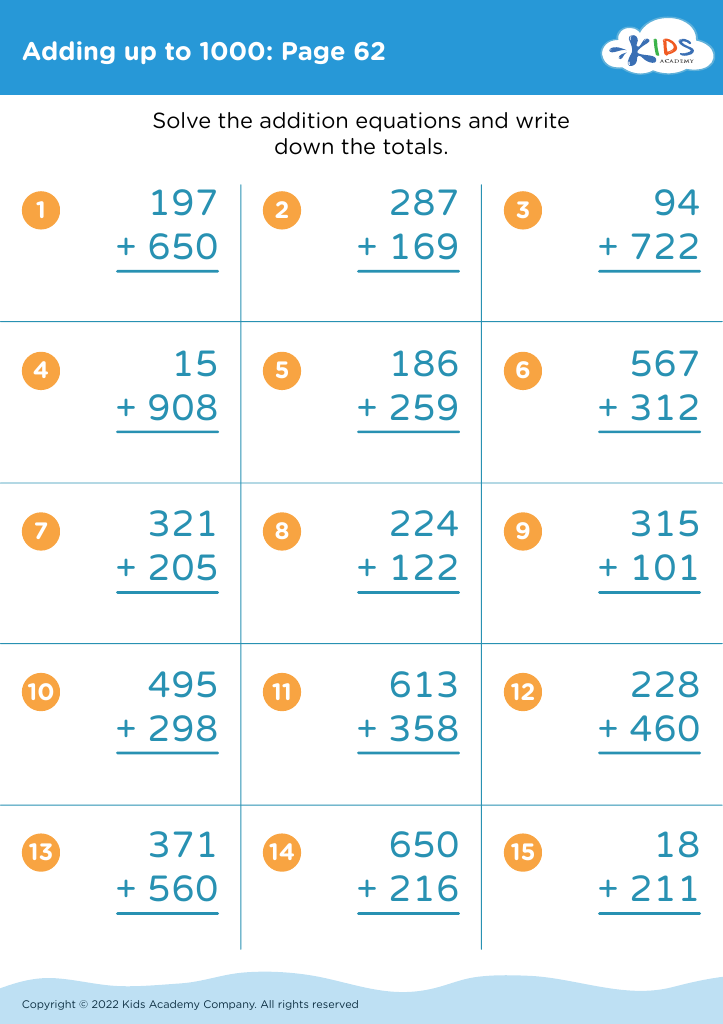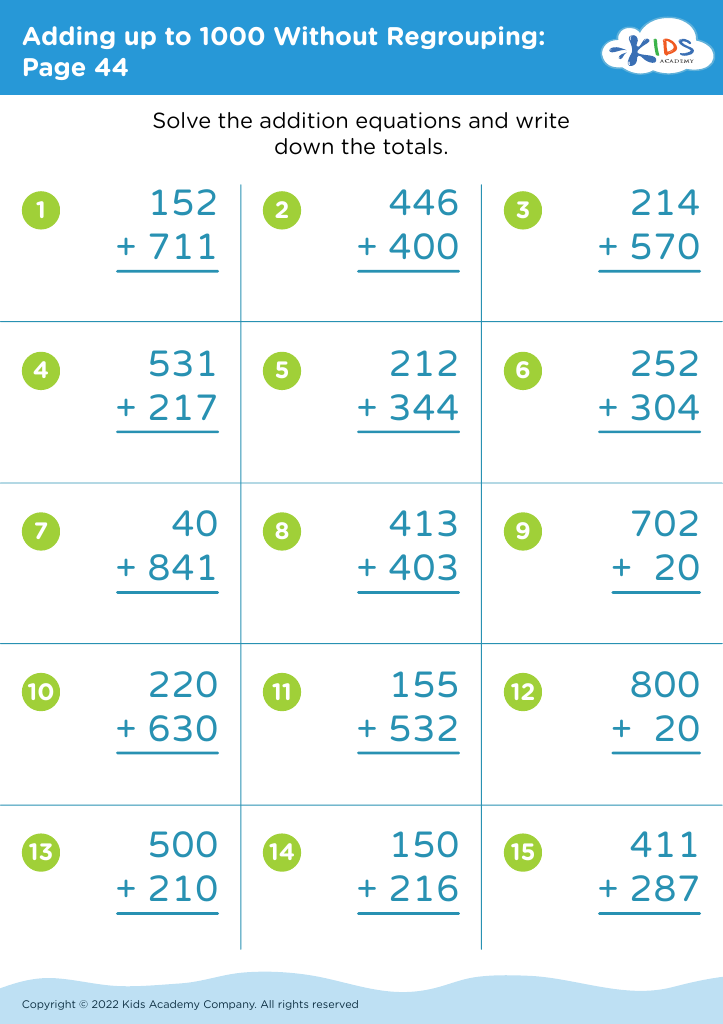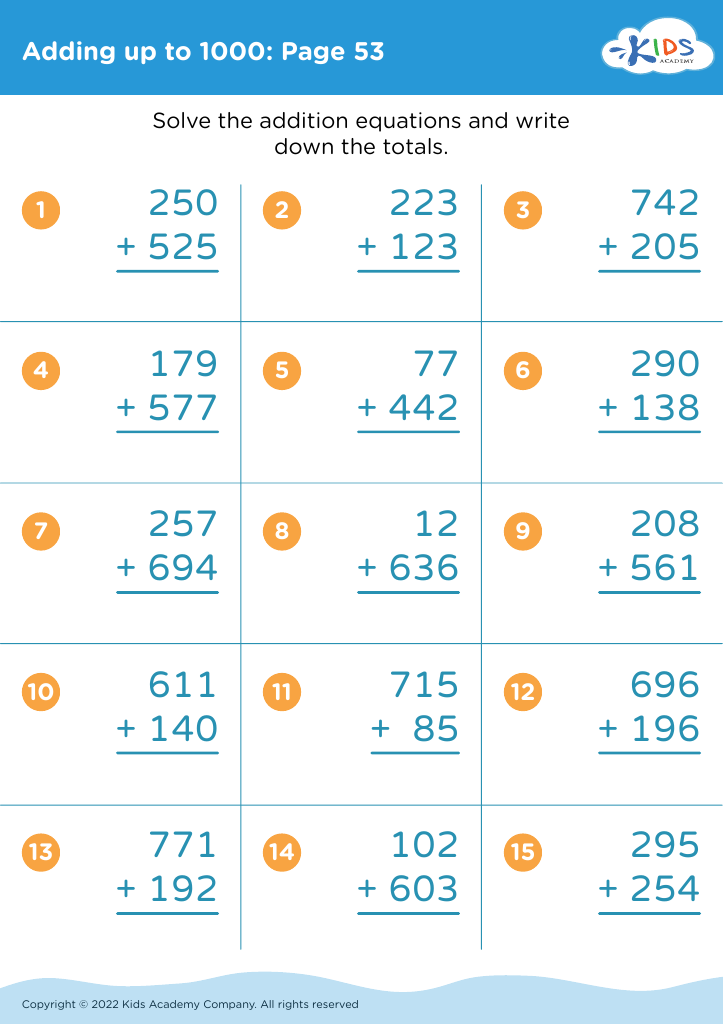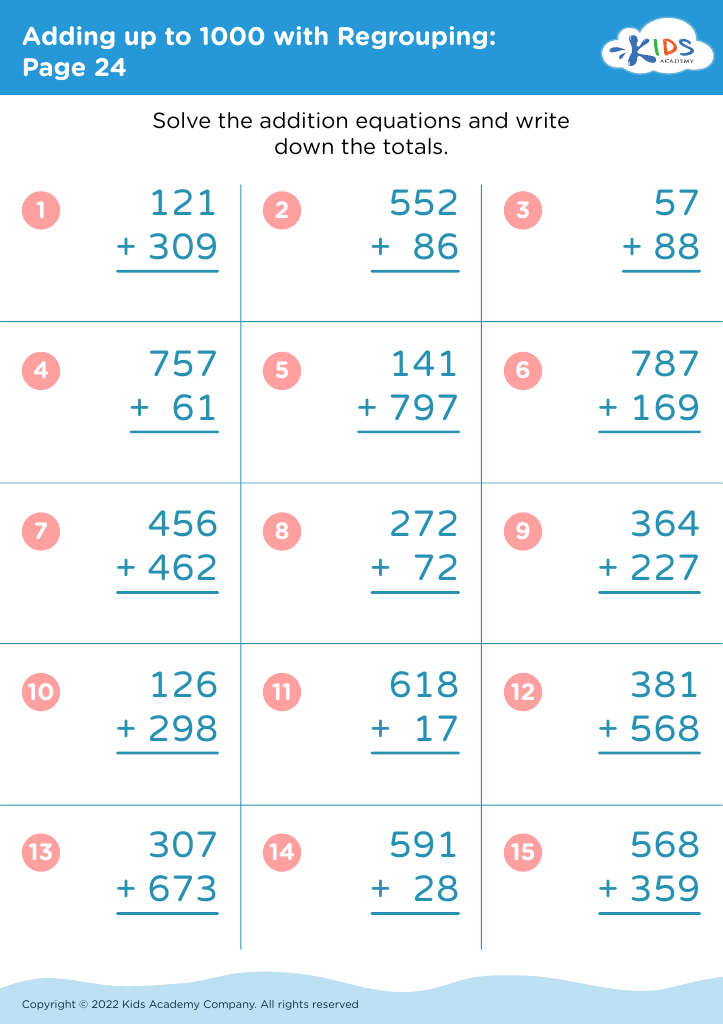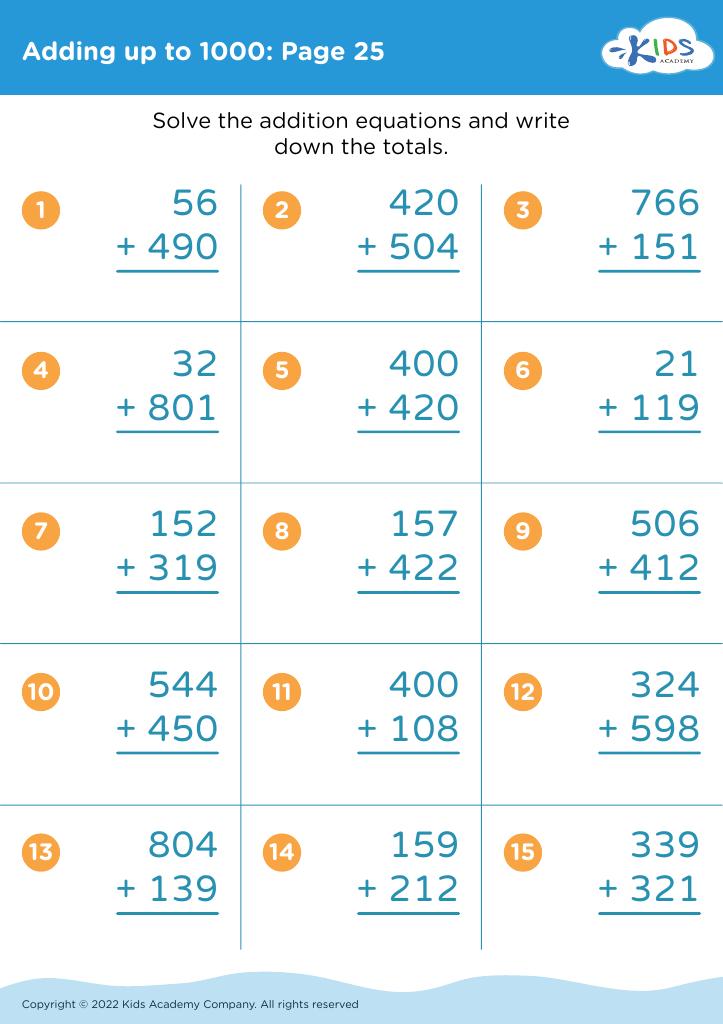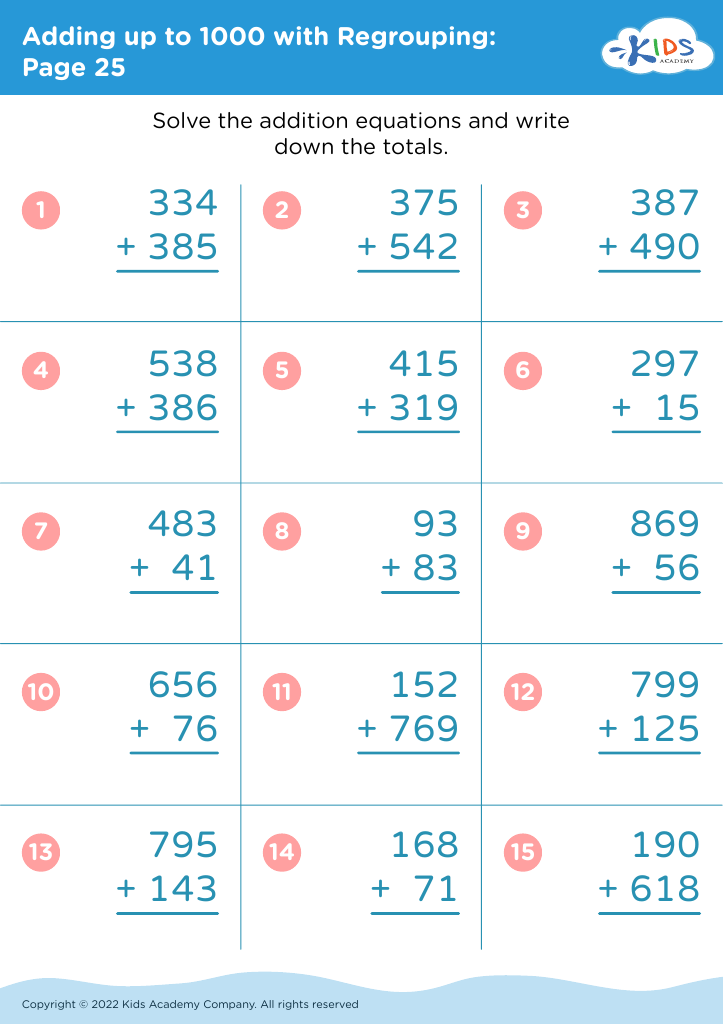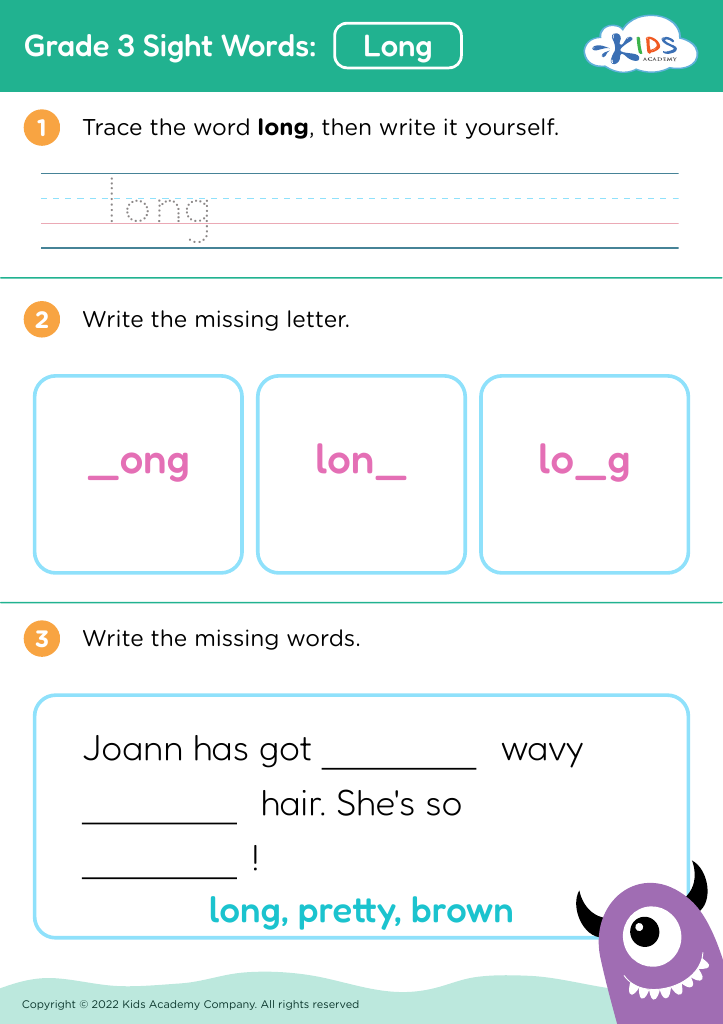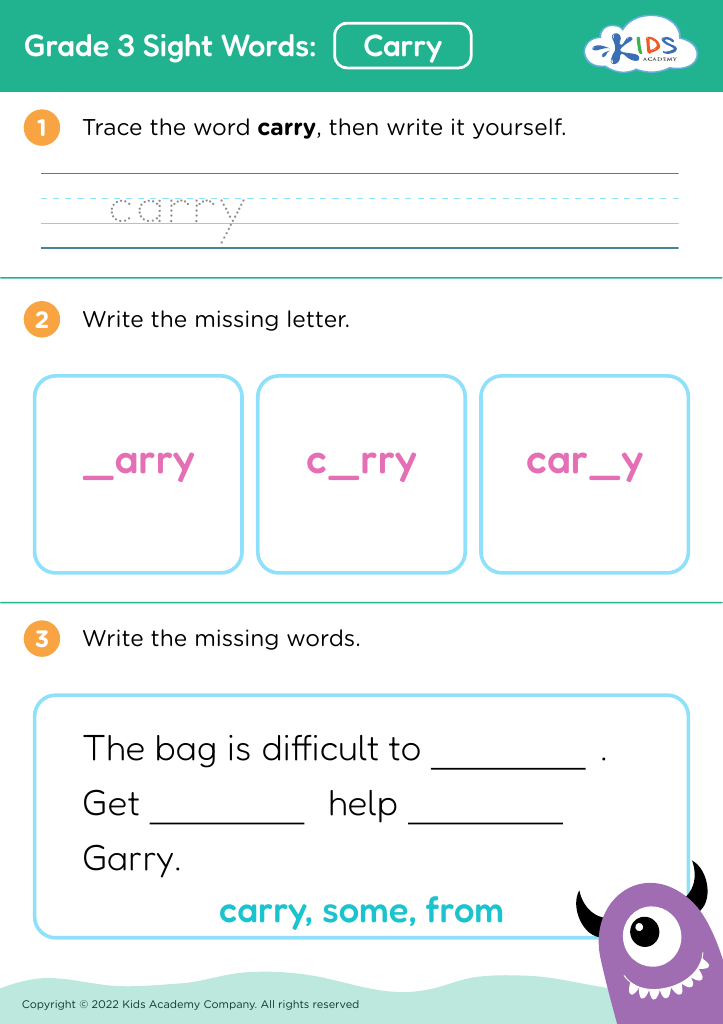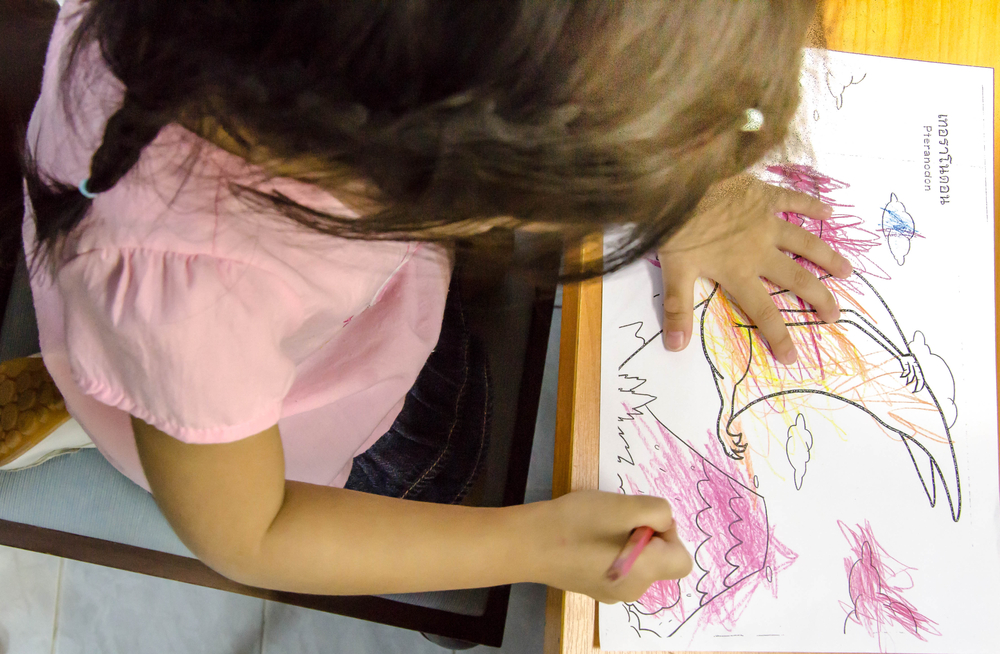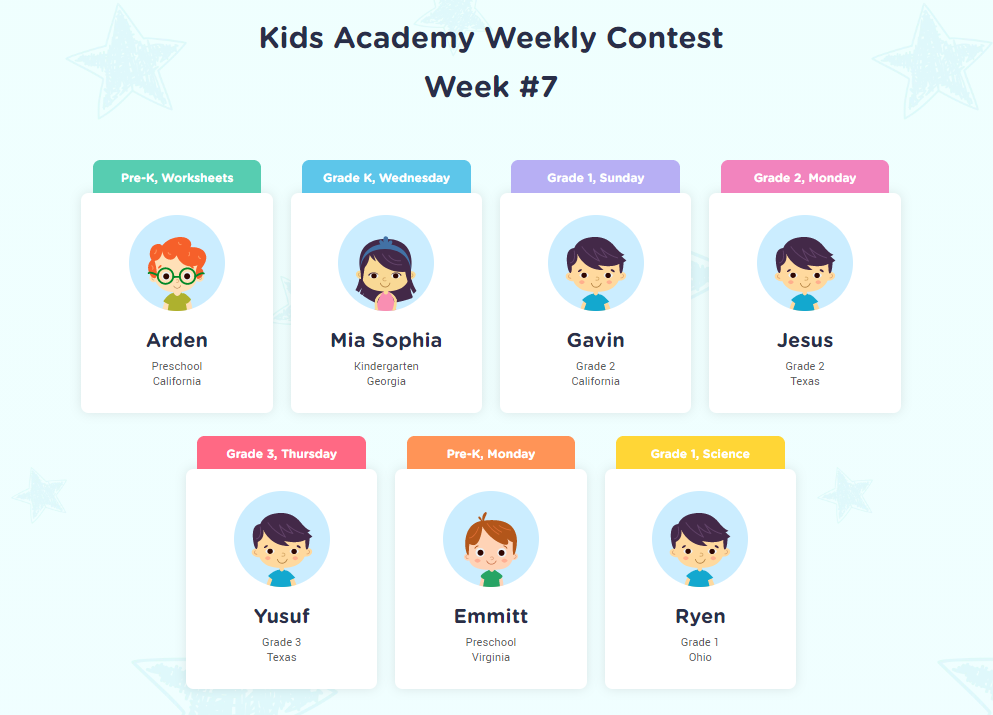Fraction comparison Worksheets for 9-Year-Olds
16 filtered results
-
From - To
Discover our engaging Fraction Comparison Worksheets designed specifically for 9-year-olds! These worksheets provide a fun and interactive way for children to develop their understanding of fractions, enhancing their math skills through hands-on practice. Students will learn how to compare, visibly recognize, and order fractions using various methods, including visual aids and cross-multiplication. Our expertly crafted exercises cater to different learning styles, ensuring that every child can grasp these essential concepts. Perfect for classroom use or at-home practice, these worksheets are a valuable resource for reinforcing fraction comparison skills while building confidence in young learners. Help your child master fractions today!
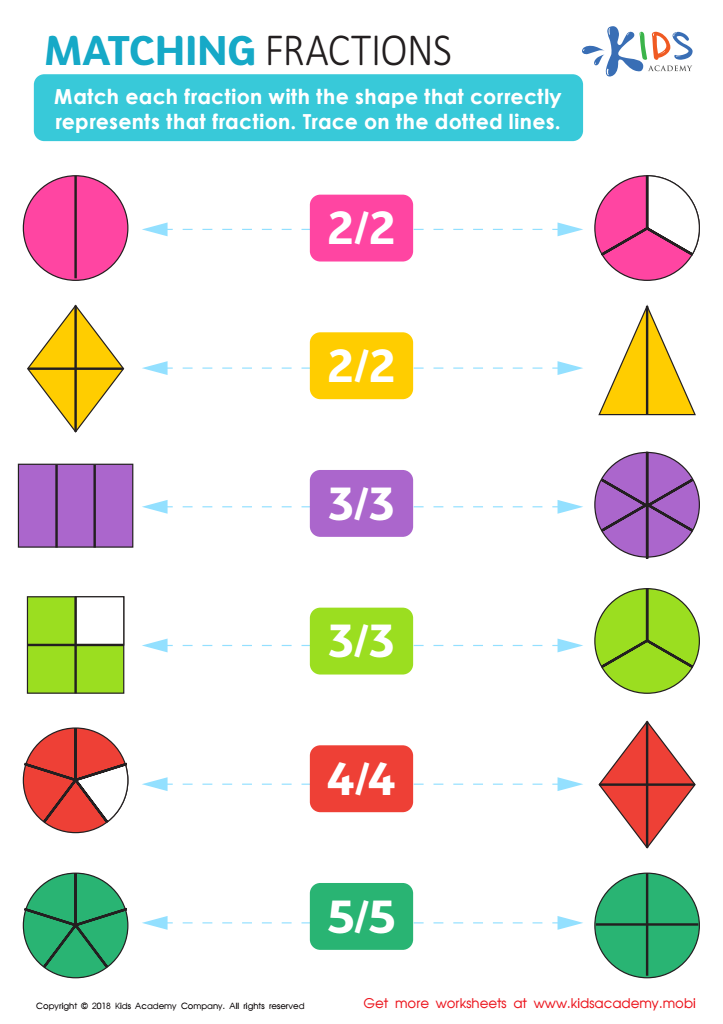

Matching Fractions Worksheet
Understanding fraction comparison is vital for 9-year-olds as it lays the foundation for more complex mathematical concepts in later grades. Fractions are not just abstract numbers; they are essential in everyday situations, such as cooking, shopping, and sharing. When children learn to compare fractions, they develop critical thinking and problem-solving skills that serve them in various academic subjects and real-life scenarios.
By mastering fraction comparison, children enhance their ability to analyze and interpret data, an important skill in an increasingly data-driven world. Furthermore, this understanding fosters a sense of confidence in their mathematical abilities, promoting a positive attitude towards math overall. Parents and teachers should care about this topic as it impacts children's ability to grasp proportions, percentages, and ratios in the future, all of which are integral parts of higher-level math.
Moreover, a solid foundation in fractions encourages a growth mindset, making children more resilient as they encounter challenges in their learning journey. In summary, prioritizing fraction comparison for 9-year-olds is not only crucial for their immediate educational success but equally important for cultivating lifelong skills essential for their future personal and professional lives.

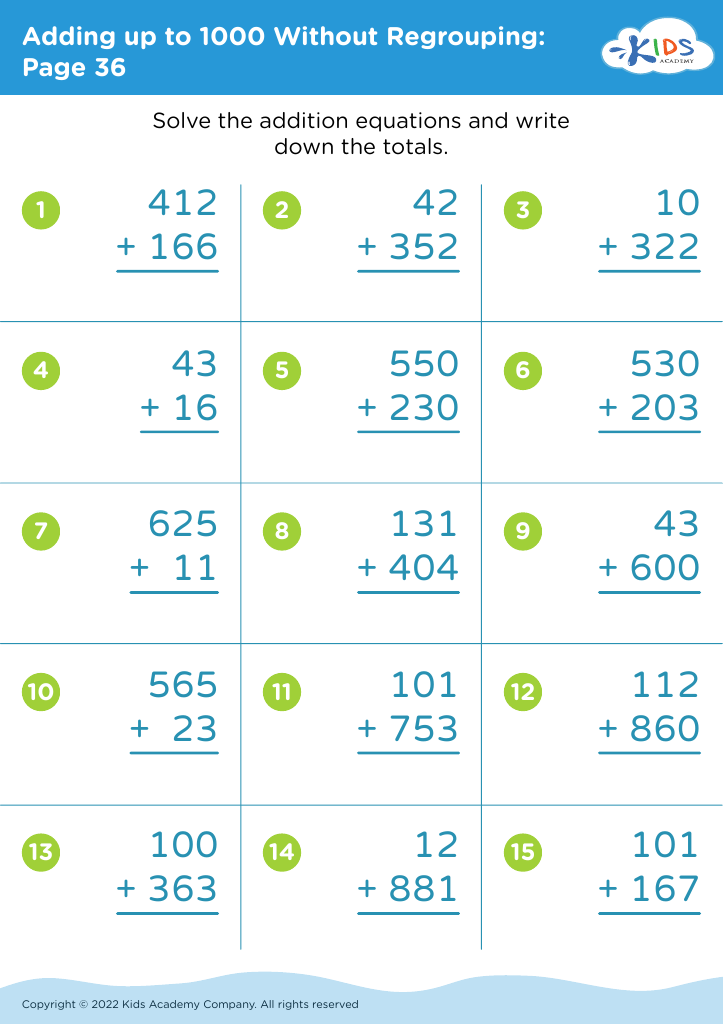
 Assign to My Students
Assign to My Students
